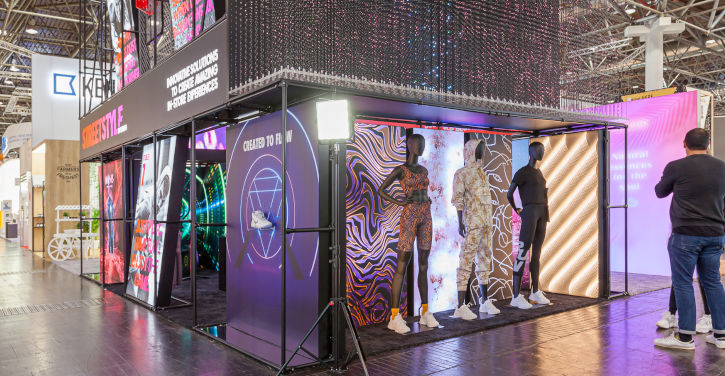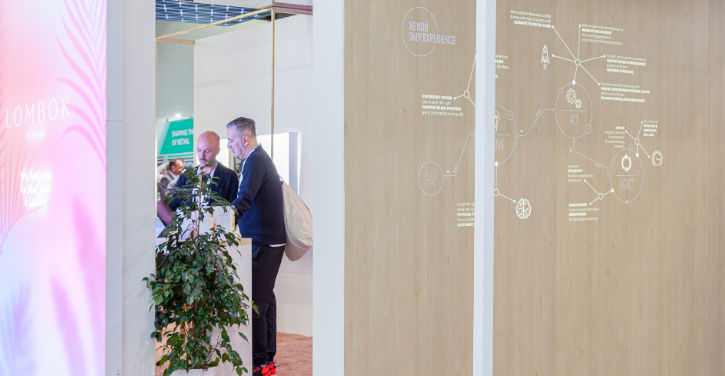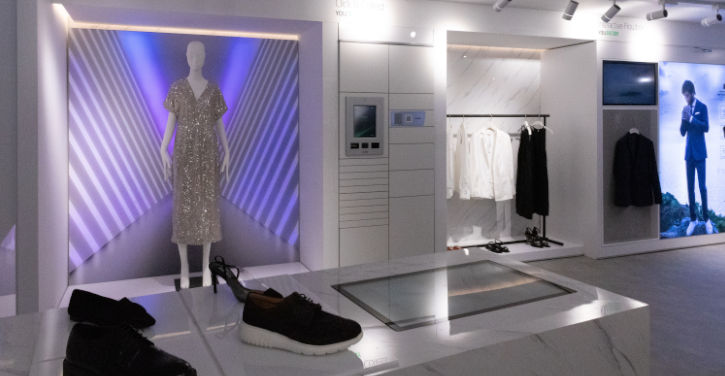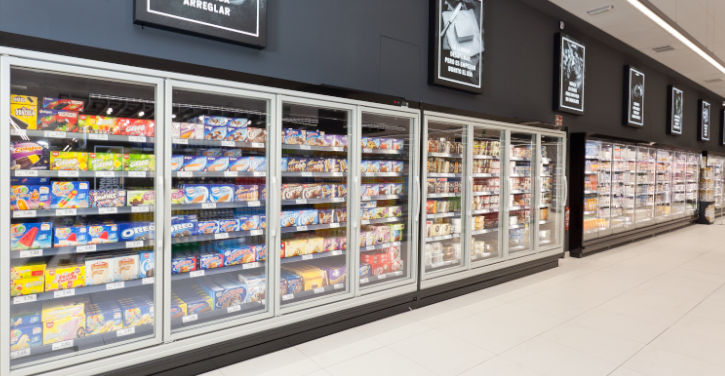OMNICHANNEL RETAIL, TIME TO GET SERIOUS OR GET LEFT BEHIND
In less than six months, in-store technology has moved from being that nice-to-have ‘shiny object’ in the odd flagship store, to a must-have in every store. The role of in-store technology has just been super charged to become an essential way of doing business, enabling everything from new customer journeys to providing reassurance and safety in an uncertain world. It’s time to get on board.
Whilst we have seen a significant shift recently to online shopping, we can be reassured that stores are here to stay; they will just be different. In a recent survey in the US, consumers listed these as the 5 main reasons why they choose the in-store experience: touch try items; collect items immediately, return items easily, enjoy in-store experiences and engage with store colleagues.
These elements, and more, are fundamental to what consumers want from the store experience. As part of a broader omni channel strategy, technology will play a bigger role than ever before in delighting, rewarding and satisfying the consumer whilst at the same time providing rich data and insight points for the retailer. Exciting times are ahead of us all.

Current technology trends have started to highlight the exciting new direction for in-store experiences. New solutions are being fast tracked to solve problems that at the beginning of the year we didn’t know we had, underlining the importance of integrating offline with online. The importance of omnichannel retail has been gaining strength in recent years. 2020 has accelerated the need for a cohesive omni-channel strategy by exposing years of underinvestment, or incoherent strategies, that ultimately create customer dissatisfaction.
Digitalization of the retail sector, and the need to integrate the on and offline worlds, has never been more important. We have seen in recent months, that consumers of all types are becoming increasingly reliant on digital, both in and out of stores, to complete their shopping missions. Our recent research enforces this with all consumer profiles placing the need for digital experiences as a higher priority. Fundamentally, stores are here to stay. Their role, their reason for being, will be different from today, they’ll be more dynamic, more digital and ultimately, completely omnichannel.
So, how can retailers make these fundamental shifts in behavior to drive business transformations?

Defining the Customer Strategy
It doesn’t matter if you’re an existing retailer, or a new player in the market: developing a great plan and executing it is essential. Who are your consumers today and who will they be tomorrow? What are their wants and needs? How will you stay relevant and front of mind with them in such a competitive world? How and when will you engage them? What does success look like in your omni-channel business? What KPIs will you set to drive business success? Whatever the answers to these, and other questions you have, one thing that is clear is the consumer is at the center of your strategy.
Being truly omni-channel provides the retailer with a single view of the consumer, knowing where they go and when and where they choose to interact at every touch point. Responding well to this insight, the consumer experiences the benefit and ultimately rewards the retailer with spend, loyalty, social collateral and engagement.

Building a Digital Culture
Often described as ‘Digital Transformation’, retail leaders place increased focus on the digital tools and systems required to deliver the change. At Kendu we like to describe the change required as ‘Digital Culture’. Easily overlooked as part of a digital transformation plan, but without doubt the most important aspect of any business change program, is the cultural shift required to move the existing business model to a dynamic digital one. True transformation will see seismic shifts in organizational design, ways of working and talent acquisition.
Legacy roles become redundant in favor of digitally skilled, agile roles. Store colleagues, the human face of the brand, become digital ambassadors, digitally enabled to respond to every need. Robots handle replenishment and back office tasks simplifying operations. This change has already started, accelerated by the pandemic and driven by a reprioritising of investment. Now is the time to make those potentially difficult decisions and lead this cultural change.

Delivering Connected Environment Design
The store is the physical manifestation of the brand experience, connecting online with the physical environment. Well considered, environment design integrates technology, connecting the consumer to their devices, be that mobile or wearable tech, to enrich the overall brand experience. Stores are often referred to as offline, but realistically in the omni-channel world this should never be the case. Connected via web, social and mobile, stores are the physical beating heart of the brand, offering a range of services and experiences that are unrivaled by web-only outlets.
Environments are flexible and dynamic to meet changing needs, be that to convey a new message, deliver a new service such as curbside collection or act as fulfillment center to speed up online collections. Store evolution is underway.

Creating Content
Content design is the ‘glue’ that brings together all aspects of omni channel communication. It allows consumers to access what they need and want, using the most appropriate channel available. Consistency is key across all channels, giving the consumer the confidence to engage on their terms regardless of where and when. With more and more journeys starting online, the need to ensure journeys is simple, connected and well communicated, has never been greater as most of these will end in a store at some point. Integrating clear content design with instore digital tools allows for quick and dynamic content changes, which in an ever-changing world is becoming more and more important
2020 has been and continues to be an unprecedented year for all of us in retail. We have seen more changes in the last six months than in the last six years and every retailer, good or bad, big or small, has been affected in some way. The need for coherent omni-channel strategies has never been greater. Customer behavior has shifted, and retailers need to accelerate their change, providing innovative solutions that create amazing omni-channel experiences.





